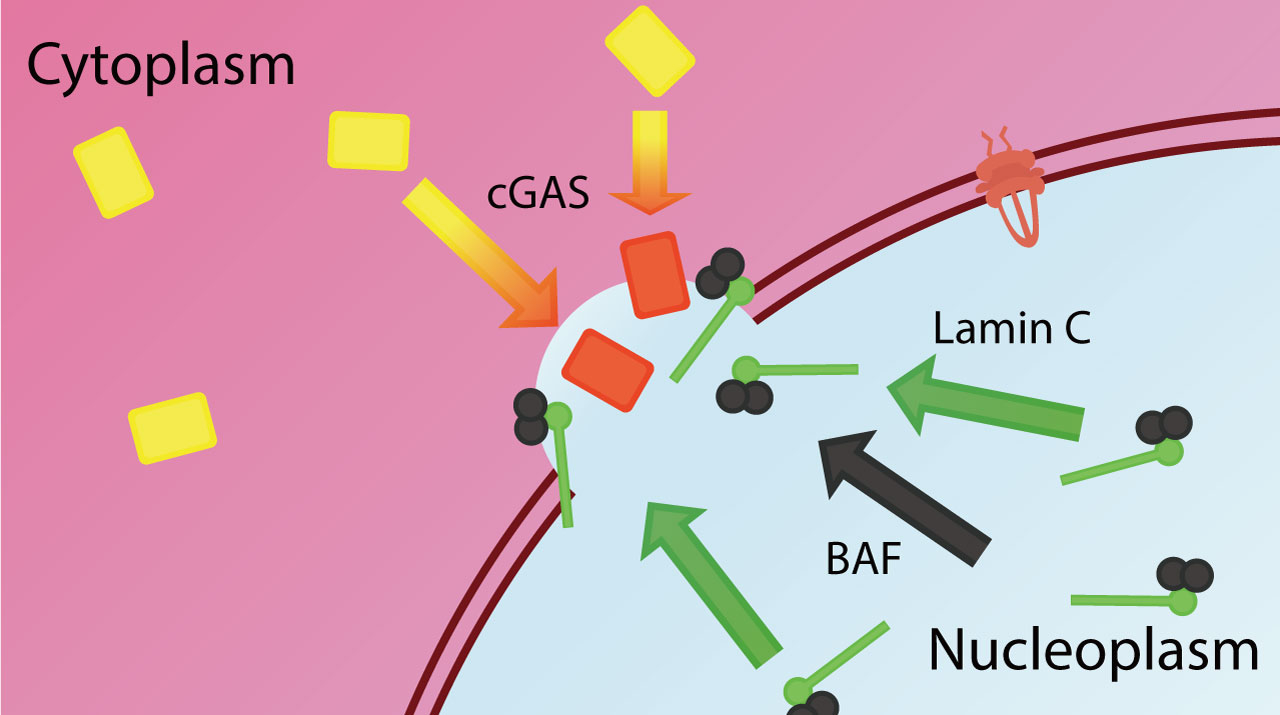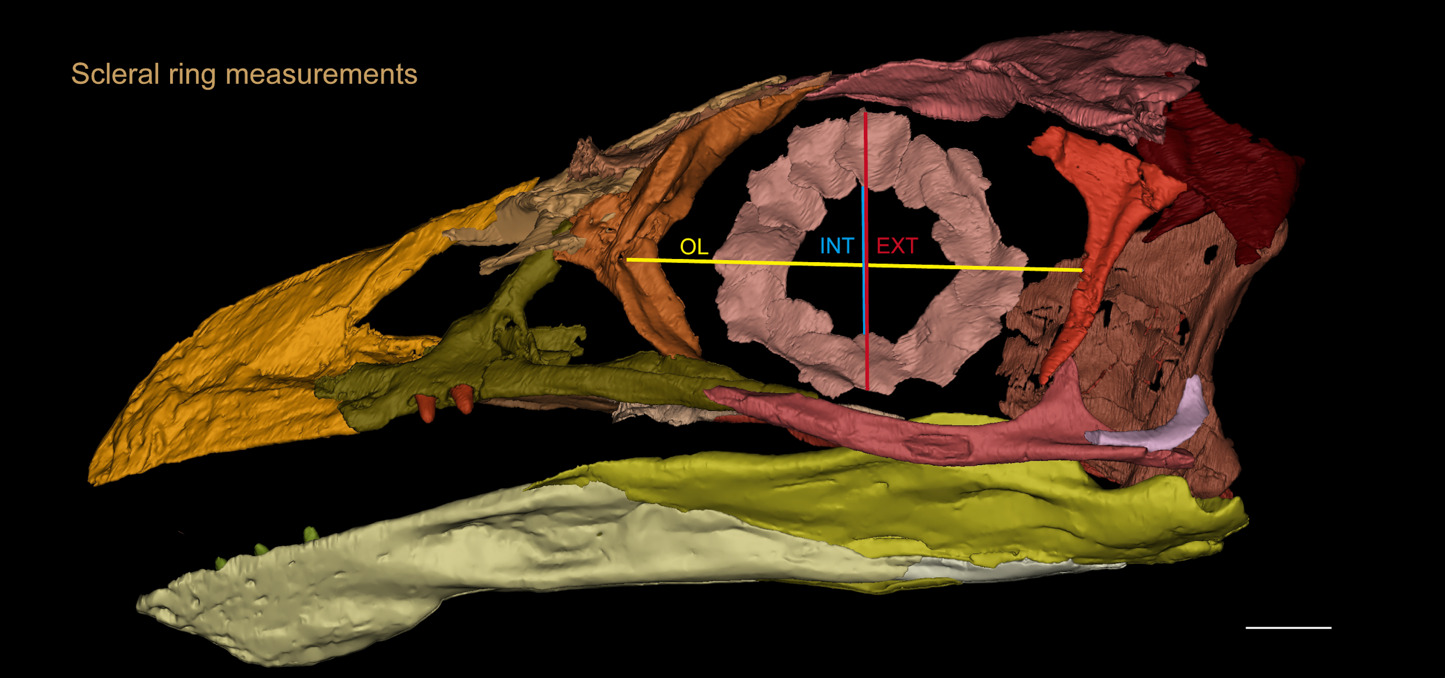Gliding frogs, geckos, ants, and other insects, and even flying squirrels, have been observed performing similar airborne acrobatics to avoid colliding with the ground, whether hopping from tree to tree or descending.
The researchers believe that this salamander’s ability to skydive allows it to return to a tree from which it has fallen or leapt to avoid being eaten by terrestrial predators.
Christian Brown, a PhD candidate at the University of South Florida (USF) in Tampa and the principal author of a research report on these behaviours, stated believes that they have an extraordinary degree of manoeuvrability while parachuting and can change their path at any time. If they find themselves in an upside-down situation, they have the ability to rectify themselves. This is accomplished by pumping their tail up and down, allowing them to maintain a skydiving stance while moving laterally.
The wind tunnel at the University of California, Berkeley, was used to test the wandering salamander, also known as Aneides vagrans. To imitate free fall, the salamanders were tossed from a perch into an air column. The remarkable flying ability of the salamanders was captured on high-speed video.
The suprising ability of the flying salamander.
Researchers were surprised by how smooth the flying salamanders were when as they’re completely in the air surfing; there’s no break or noise in their movements. This leads the authors to conclude that their motor response is firmly embedded in this pattern of behaviour, and that falling must occur frequently enough for natural selection to influence it. When skydiving or parachuting, they are not simply falling to the ground. Gliding is the term used to describe their involvement in a type of lateral mobility in which they are completely at ease.
The behaviour is even more confusing when you consider that, other than their bigger foot pads, the salamanders resemble other non-flying salamanders. They don’t have any skin flaps or other distinguishing features that would suggest they could parachute.
Wandering salamanders are distinguished by their large foot, long legs, and active tails. All of these elements come together to create a perfect atmosphere for aerial manoeuvres.
Future research will look into how salamanders navigate without evident anatomical adaptations to glide, how they parachute without such adaptations, and whether there are any other flying species that have yet to be discovered.
Salamanders are sluggish moving creatures, thus one would not expect them to react quickly. In real life, it’s the equivalent of driving slowly. It all comes down to being able to aim, orient, and change your body posture while reacting swiftly to changing visual inputs when it comes to flight control.
Existence at the apex of the canopy of trees
From the tip of their snout to the tip of their tail, A. vagrans adults are around 10 centimetres (four inches) long. The wandering salamander, which spends its entire life on a single tree, travelling up and down but never reaching the earth, was the best skydiver. A related species, A. lugubris, which lives on shorter trees such as oaks, was also capable of parachuting and gliding. Shorter trees make up its natural habitat.
When they were airborne for a brief time, both the Ensatina eschscholtzii, a type of forest floor salamander, and the A. flavipunctatus, a speckled black salamander that occasionally climbs trees, flailed their limbs ineffectively in the wind tunnel. The four species are members of the plethodontid family, which includes the world’s largest salamanders and is predominantly found in the Western Hemisphere. There are no lungs in the plethodontid salamander.
The two tree-dwelling species are also the most mobile. Because they do not glide or move horizontally, this is referred to as meaningless undulating motion. Instead, they simply float in the wind tunnel while freaking out. Neither of the two most arboreal species has ever been known to fall.
Brown discovered the salamanders while working with nonprofit and university conservation groups in the California counties of Humboldt and Del Norte to identify and track the species that live in the redwood canopy, particularly in old growth forest 150 feet above the forest floor. Biologists routinely utilise ascenders and ropes to catch and mark migratory salamanders as they mount the tallest redwood trees, which may reach 380 feet in height.
For the past two decades, James Campbell-Spickler, the current director of the Sequoia Park Zoo in Eureka, has been in charge of a project. According to the researchers, the majority of their marked salamanders could be found in the same tree year after year, though at different heights. They spend a lot of time in fern mats that form on duff, which is decayed plant waste that collects at the joints of massive branches. Only a few confirmed examples of redwood canopy travelling salamanders being discovered on the ground have been documented, according to Brown, with the majority of them being dead.
Brown saw that the salamanders wriggled out of his grip despite his efforts when he scooped them up to identify them. They leapt from the redwood canopy after a light tap on a branch or a shadow cast by a neighbouring tree. Their seemingly wild leaps into the air took everyone off guard since they were so far above the woodland floor.
Dudley, who had studied similar behaviour in other species, agreed to let him bring several salamanders into his wind tunnel and record their actions. Dudley had previously investigated similar behaviour in other animals. Brown and Sathe used a high-speed video camera with a frame rate of 400 frames per second to capture footage of the salamanders for as long as they could float on the air column, which may be up to 10 seconds.
The frames were then examined to establish the animals’ positions as they flew through the air and how they used their legs, bodies, and tails to navigate. Given the lengths between branches in redwood tree crowns, they usually had enough time to reach a branch or the trunk before impacting the ground. At around 10% of their initial free-fall velocity, the parachutes saved them.
Brown believes that their capacity to fly evolved from their ability to fall, but that it is now part of their behavioural repertoire and may be their primary means of descent. For example, he and undergraduate student Jesalyn Aretz discovered that travelling downward was far more challenging for the salamander than walking horizontally or up a tree stem.
This indicates that they are most likely roaming or ascending on level ground. They may just descend to these nicer surroundings when they run out of habitat, when the higher canopy dries out and there’s nothing left for them up there.
According to Dudley, this old woodland inhabitant can tell us a lot about the growth process and possibly even the beginnings of flight.
It emphasises the need of flying abilities for tree-dwelling organisms, even if they lack wings. Flight, defined as controlled behaviour in the air, occurs frequently. They maintain their stance while moving in different directions laterally. Many tree-dwelling organisms are inclined to develop flapping flight, which is unlikely to evolve and explains why flapping flight has only been observed three times on Earth.
Sathe and Stephen Deban, an integrative biology professor at the University of South Florida, are co-authors of the paper.
Story Source: Original press release by University of California – Berkeley. Note: Content may be edited for style and length by Scible News.
References
Christian E. Brown, Erik A. Sathe, Robert Dudley, Stephen M. Deban. Gliding and parachuting by arboreal salamanders. Current Biology, 2022; 32 (10): R453 DOI: 10.1016/j.cub.2022.04.033








